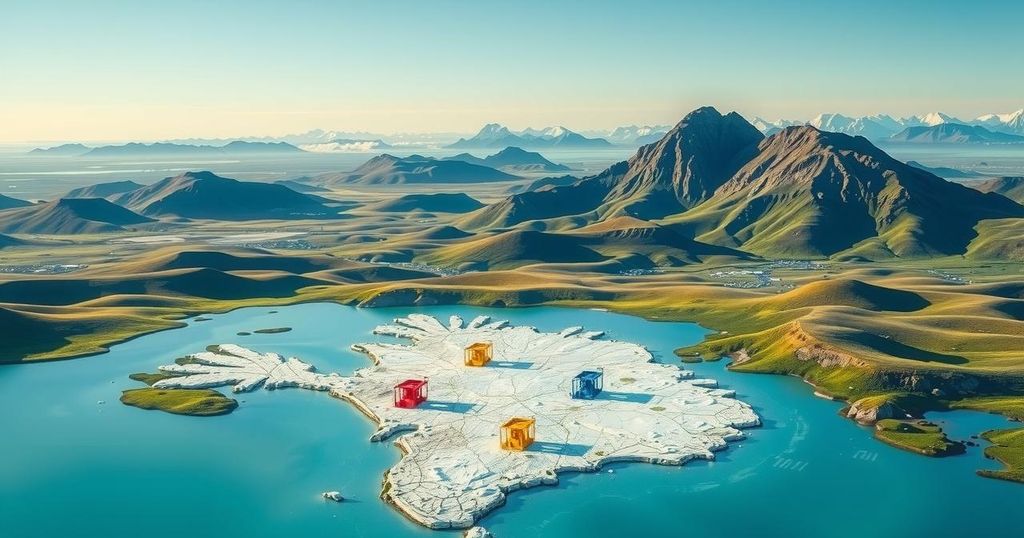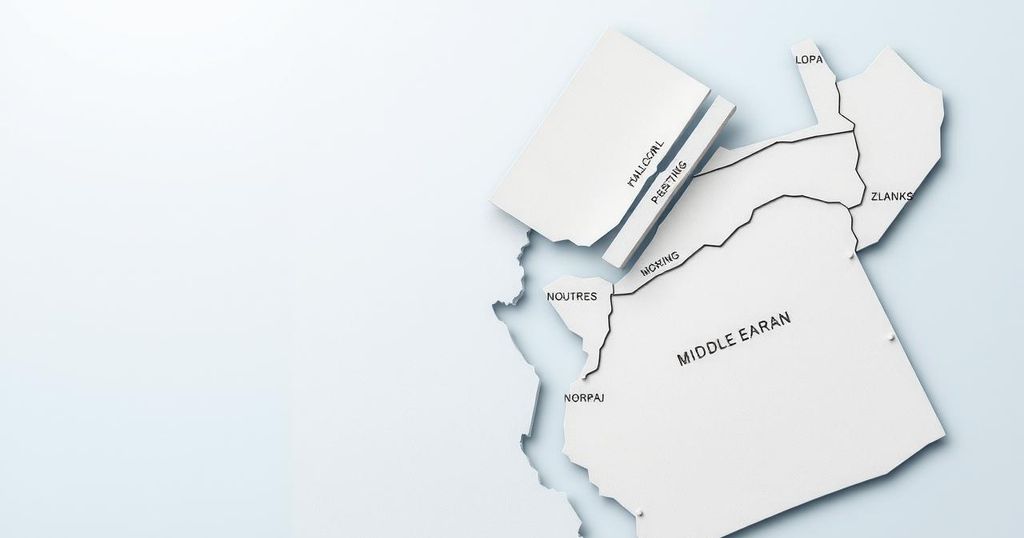The upcoming Greenland elections, set for March 11, focus on whether the territory should align with American interests, maintain its ties with Denmark, or pursue full independence. Following U.S. President Trump’s interest in Greenland, the elections have garnered international attention. Local political sentiment reveals a desire for independence, yet economic dependence on Denmark complicates this aspiration.
In Greenland, the elections for the 31-member Inatsisartut, the parliament, typically receive minimal global attention. However, a shift occurred in January when U.S. President Donald Trump expressed interest in acquiring this strategically important territory. This announcement significantly affected European dynamics, particularly concerning Denmark, which retains control over Greenland’s foreign and monetary policy, although domestic affairs are primarily managed by Greenlanders themselves.
The upcoming elections in Greenland reflect a complex interplay of local desires for autonomy and the influence of external powers. With the growing interest from the United States and the need for economic stability from Denmark, Greenlanders face a pivotal decision regarding their political future. Ultimately, the elections scheduled for March 11 will provide insight into whether the territory leans towards greater independence or continues its intricate relationship with Denmark.
Original Source: oilprice.com




